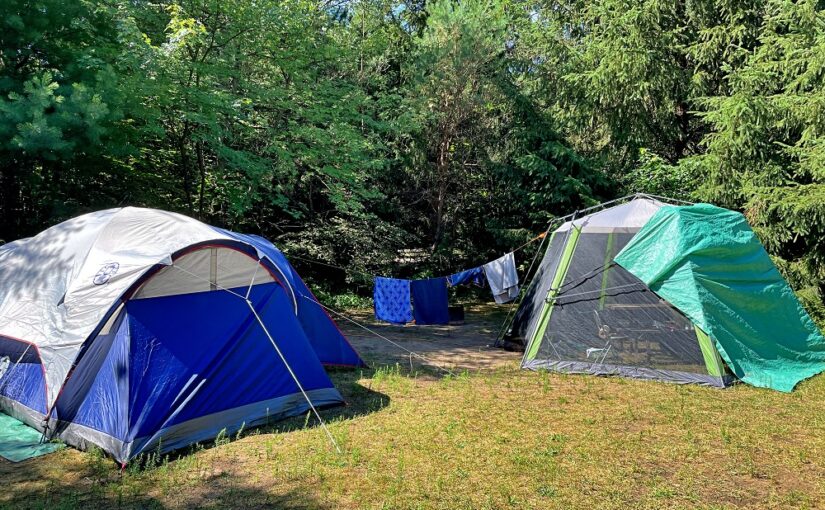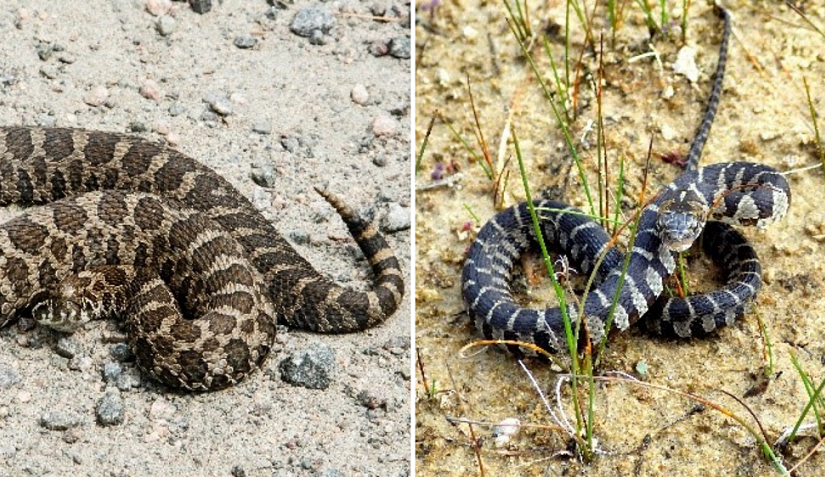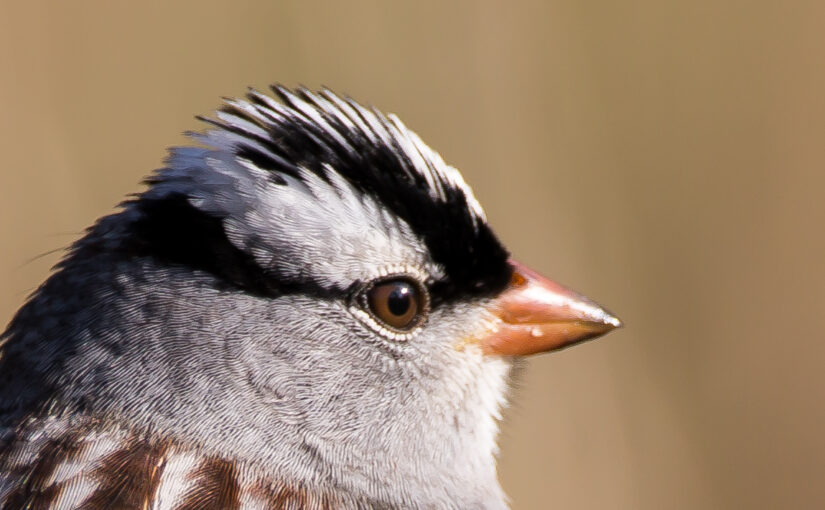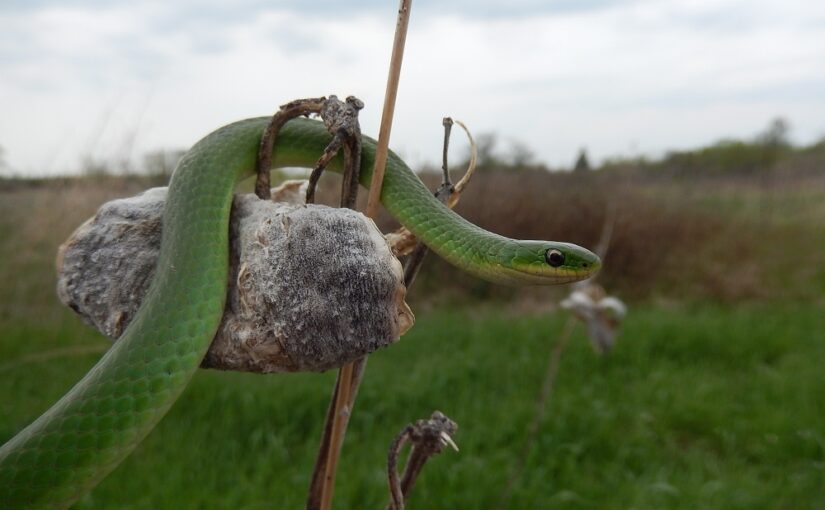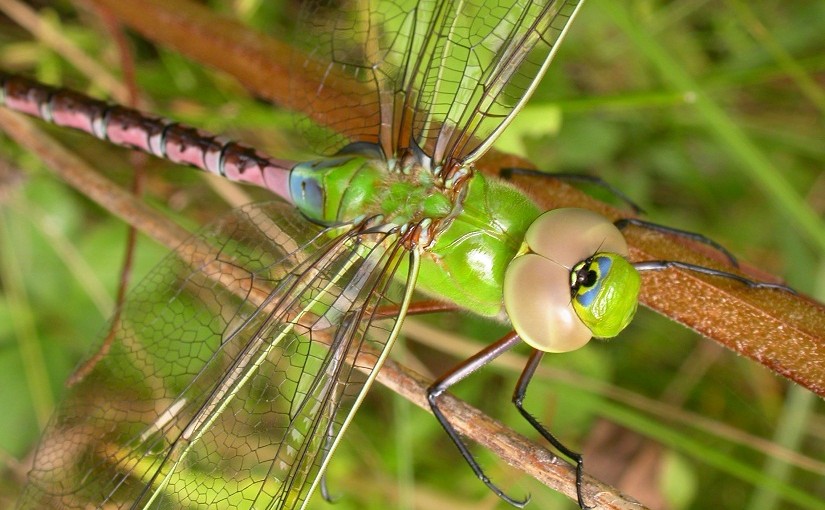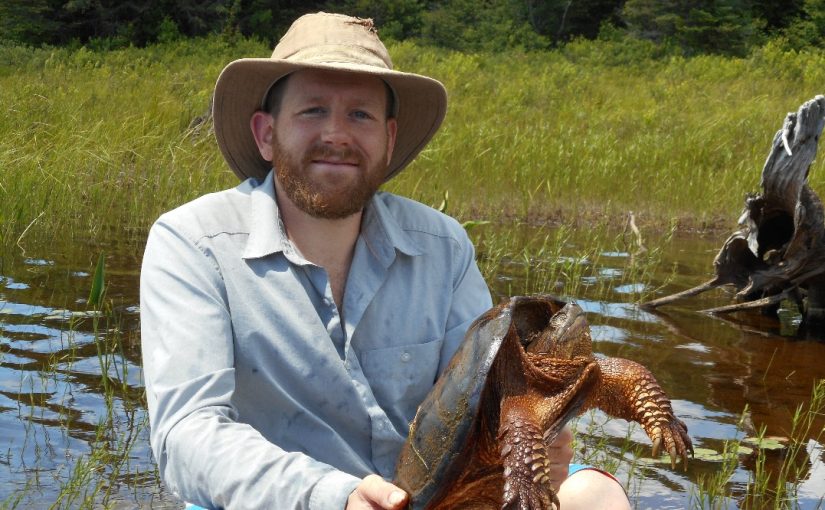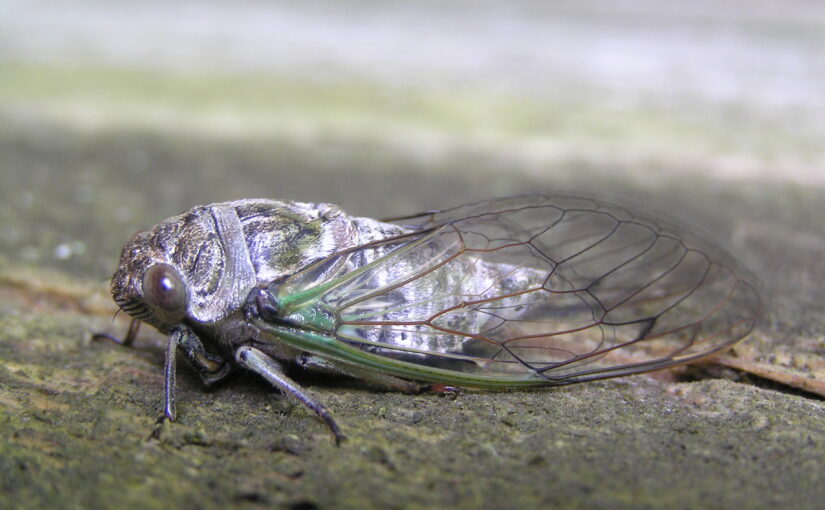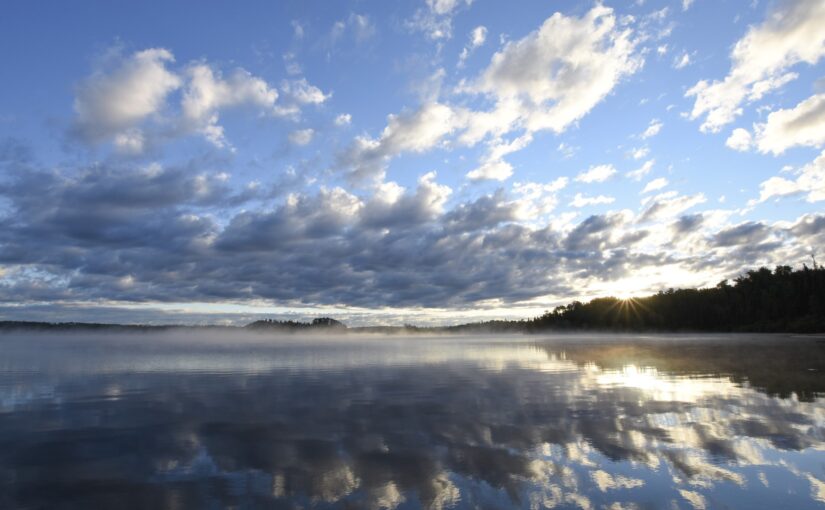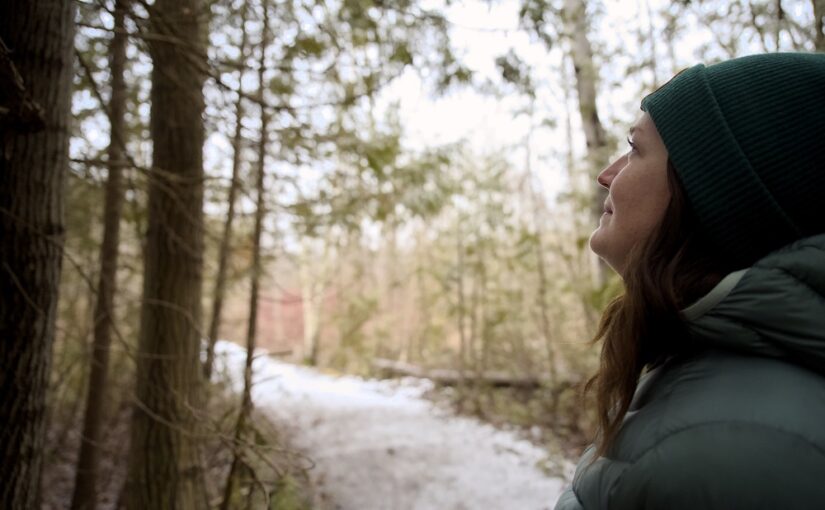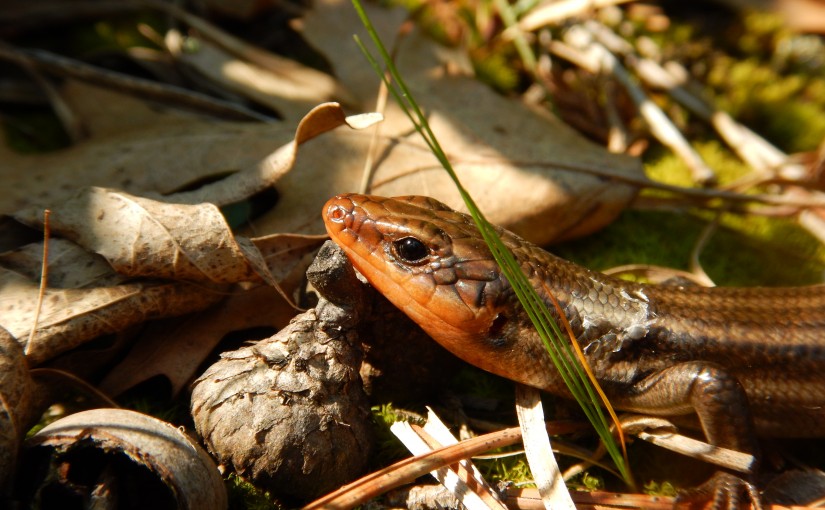Today’s post comes from the family at CreateWithMom.com — a family of four living in the GTA, looking for adventure whenever possible!
Our first learning experience on how to car camp was with the Ontario Parks Learn to Camp program a few years ago.
After this, we invested in camping equipment and have gone on many camping adventures at different Ontario Parks.
Camping has become an activity we love doing as a family.
Continue reading Gaining experience with the Learn to Camp program
